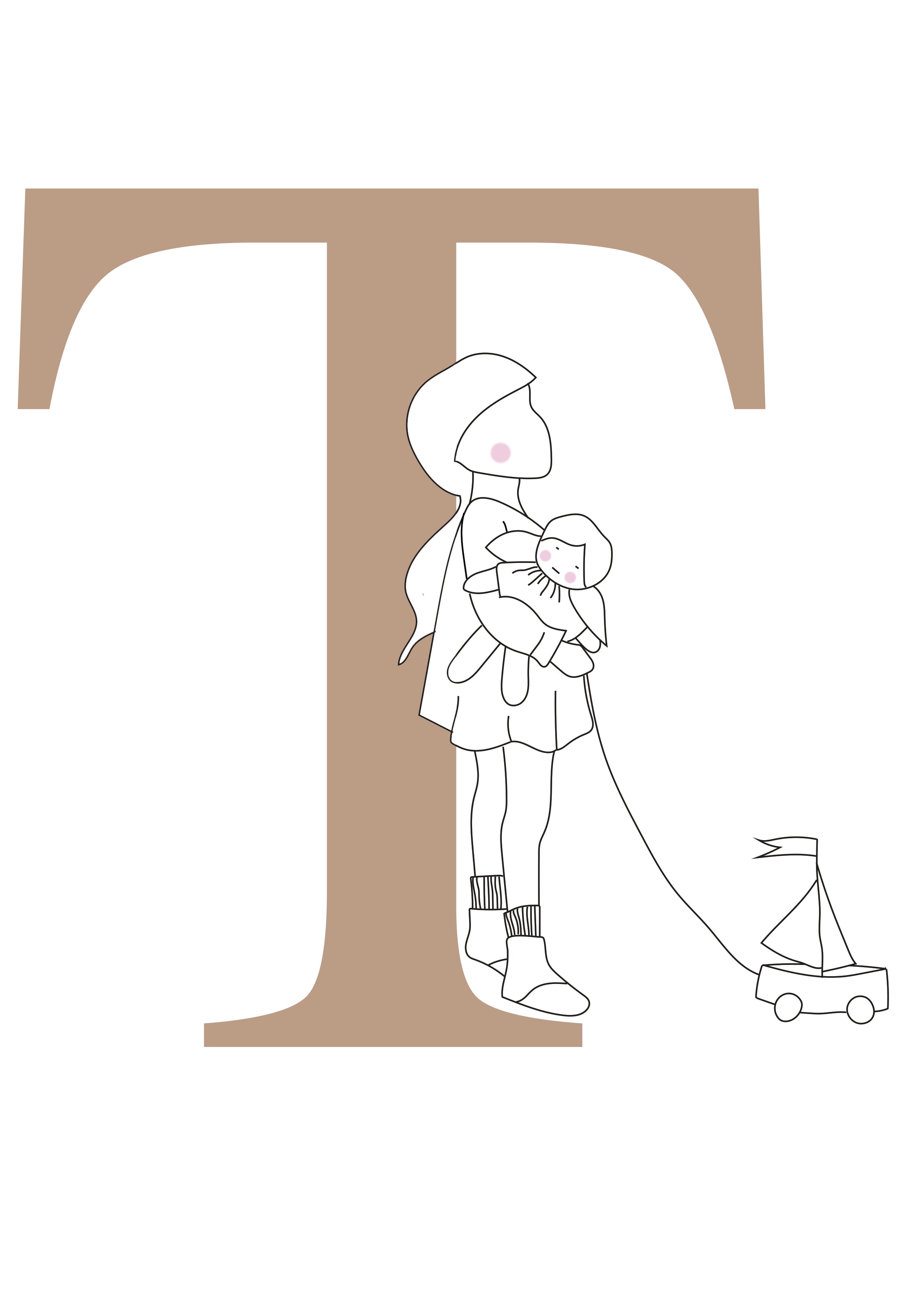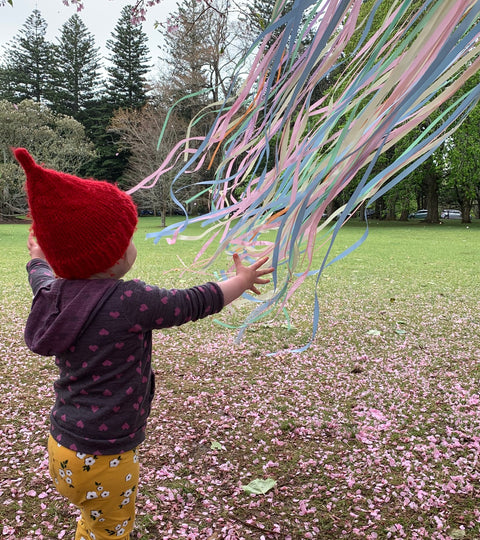By Amanda Bradley
Festivals are of course, not exclusive to Steiner/Waldorf education. They are an intrinsic part of any human experience and a way for us to connect with one another and the cycles of the year. Some are common to most of us (birthdays for example) and countless others are specific to culture and place. A reason that they are so prominent within Waldorf culture is because they are great ways for children to experience the rhythm of the year. Every year at the same time, we come back to events that mark the progress of the year and provide the opportunity for our community to come together.
I have been pondering the inclusivity question of festivals in the Waldorf movement for a while, since traditionally there is a Western Christian lens to the form and content of the festivals. While I personally find this lens comfortable and one that I am happy to work with in my home, I am mindful of the multiple world views and cultures represented in any school community. Personally, I feel that festivals are a time for us to come together and grow our sense of belonging. It was from this impulse, of wanting to find the common values we all share, that lead to my exploration of what underpins the festivals we tend to celebrate.
Instead of outlining the commonly celebrated ‘Waldorfy’ festivals in this blog, I’ll try to unpack the season and the threshold that informs the festivals typically celebrated. That way you can see if that gesture aligns with any cultural festivals specific to your religious beliefs and location.
So without further ado, lets get considering……
What is the point of a Festival?
Simply put, it’s a way for human beings to mark the year. Some festivals arose because of certain events that happened every year, such as the Autumn harvest. As well as serving a practical purpose, they provided regular times for particular deities to be honored as they were seen to be intrinsically linked to the event taking place.
Festivals are essentially a Microcosmic response to what happens in the Macrocosm. As humanity evolved and religious practices were established, festivals became a time not only to acknowledge what was happening in our environment (change of seasons), but they became a way for us to tell our cultural stories and to remind the community of how we are all expected to ‘be human’. Due to the immense importance of birth, death and the concept of rebirth, festivals arose that allowed the participant to experience something of these three great thresholds as well.
Two Kinds of Festival
One can divide festivals into two categories (there are other possible categories, but for the sake of this blog not turning into a book, let’s just stick to two). There’s one kind that observes seasonal events, and another kind exemplifies the thresholds of birth, death and rebirth. Both can weave together, but we can see that the focus is either seasonal, or threshold-centric. In a ‘typical’ Waldorf setting you will see the four seasonal festivals celebrated, often linked to the four Archangels; St Johns (Mid-summer), Michaelmas (Autumn), Mid Winter, May Day (Spring) and the three threshold festivals of Christmas, Easter and Pentecost. Most Waldorf educators will adapt these or include festivals that are celebrated by their family or students in their classroom. In Aotearoa, New Zealand the Māori new year festival of Matariki is becoming a major event and is celebrated in most Steiner Schools.
Tanglewood Toys supplies some beautiful Waldorf festival books to get you started with these traditional ones, if they are your jam.
- 'All Year Round'
- 'Celebrating Festivals with Children'
- 'Festivals Family and Food'
- 'Festivals Together'
The Four Seasonal Festivals
Before I jump into outlining my thoughts on the vibe behind each festival, consider this…. While one side of the Earth is ‘breathing out’ into Summer, the other is ‘breathing in’, towards Winter. There is a completeness. When we hold the picture of our particular experience happening at the same time as an opposite experience, we come to a feeling of equanimity, of neither needing to change and that there is a wholeness about opposite experiences happening simultaneously. Perhaps this is an opportunity to exercise empathy and understanding for our sisters and brothers around the world.

• SUMMER
There is a gesture of the ‘out-breath’. We are out in the world, the weather is warm, the air is alive with insects, birds and on those hot days we can see the air moving with heat. All creation is reaching up to the sun. It is a dreamy time, and one where our consciousness is pulled out into the cosmos. Very much a time of community, of the collective and of gratitude.
Mood: Dreaming
Common Motifs: Considering the collective is often a central theme of Summer festivities, of being connected to the community and the cosmos.

• AUTUMN
Often, I hear from people that they are the most creative in Autumn. There is an industrious energy about. Harvests are undertaken now. We have been out in the world, living into the dreamy collective experience of summer and are now waking up to reap what we have sewn. We look toward the colder months. A mood of separation sets in, we are no longer living in that dreamy, care-free, summer state. Here the sense of Self becomes stronger and we prepare for winter. It is a time to call on the courage to action changes or projects that are a driven by this Higher Self.
Mood: Waking up and preparing for the day.
Common Motifs: Knights and dragons are very autumnal. The picture of a decent, often there are stories of preparation and courage as we move into the depths of winter.

• WINTER
This is the time of the ‘in-breath’ From a consciousness perspective, this is the time when we are most awake, yet the physical world is most asleep. The world is cold and still, unless being buffeted by a winter gale. If we compare Summer to Winter; the Summer atmosphere is literally buzzing with life while the Winter atmosphere is almost absent of it. All warmth and life have retracted into the earth. While the physical earth is in hibernation and our physical bodies are not so active, we do have access to a clarity of consciousness. Just like the stars which shine brightest in the depths of winter, so too does our inner life. This can be a time of deep reflection, to remember the dead and to look toward the year ahead. We descend into the shortest day, then the year is then reborn at mid winter. The days get progressively longer
Mood: Wide awake, clear consciousness.
Common motif: Reflecting on the year that has been. Remembering the dead. Celebration at the birth of the new year.

• SPRING
There is a reaching out again. Plants seek the sunshine. Spring buds reach out into the cosmos, eager to be as close to the warm sun as possible. Despite the air still maintaining a ‘crispness’, we experience the increasing warmth of the sun. We throw open our windows and doors on those sunny spring days and give the house a big clean out. Our inner life mirrors the plants response to the longer warmer days and we long to venture out, to reconnect, move our bodies and be part of the awakening earth. Although we haven’t fully entered into the dreamy consciousness of summer, there is a shift towards that. We delight in the awakening of the earth and we begin our breathing out again.
Mood: A shift away from clear, bright internal consciousness towards a softer collective awareness of the world external to us.
Motif: Blooming flowers, new life, lambs, all the newness.
The Three Threshold Festivals
Birth, Death and Rebirth; these big events are not only experienced at the obvious times, but we experience many versions of them within our lifetime. So not only were these festivals formed to help explain and honor these three obvious events, but they helped us understand the alchemical process we go through at different stages of our life. Initiation festivals or ceremonies often scaffold the individual through a threshold (puberty, child birth, the first hunt etc).
Birth and Death and two thresholds everyone will be familiar with. The concept of rebirth can be harder to work with, yet we can look to the arts to gain a sense of it. Many songs, films and novels deal with the concept of death and rebirth, about coming through the other side of hardship and trauma to be reborn as a new person. Many festivals work with this concept, providing a picture of a hero going into the underworld and emerging with a new gift or capacity that benefits humanity.
These three threshold festivals have historically have been linked to the seasons, but as human consciousness evolves, we could celebrate these festivals at any time despite the season. Have you noticed that the Christian festivals of Christmas, Easter and Pentecost all deal with these thresholds, and reflect something of what is happening seasonally in the North. But this imagery doesn’t translate to the Southern Hemisphere. The spring time vibes of lambs, easter eggs and flowers don’t really fit with the autumnal happenings here in New Zealand. Many people I know have begun to work with the Easter festival at the traditional time (April), but approach it in the Autumnal mood. This way of approaching the threshold festivals has given rise to new insights for us in the South, and provided the opportunity to reimagine how we experience them.
Conclusion
There is no right and wrong to festivals and there are as many festivals as there are communities. The trick to bringing them to your children in a living way is to spend time meditating on what you are doing, and why you are doing it. Ask yourself ‘am I just going through the motions?’ or ‘Do the children and I really engage with the story and activities that correspond to this festival?’. The answers that arise within will give you the clues you need to direct your path forward. Choose the festival motifs and rituals that feel right for your family and community. Always feel free to create new traditions and/or re-imagine old traditions, this is how we keep our festivals living and relevant for years to come.
~
Further Resources
‘Living a Spiritual Year’ by Adrian Anderson
‘Festivals and their Meanings’ Rudolf Steiner
‘Waldorf Festival Contemplations’
‘Esoteric and practical considerations for a Waldorf Year’
About Amanda
Amanda Bradley (Ngāti Whakaue) is a mother, Waldorf Handwork teacher, hosts The Holistic Human Podcast, and is half way through her Masters of Education (focused on Waldorf Handwork). She has a passion for nature based, hands on, Waldorf education and feels like there can never be enough arts and crafts in a day! Follow her on Instagram for Waldorf based, spiritually oriented content, head over to her youtube channel for craft tutorials and check out her podcast for fun and enlightening chats.









1 Comment